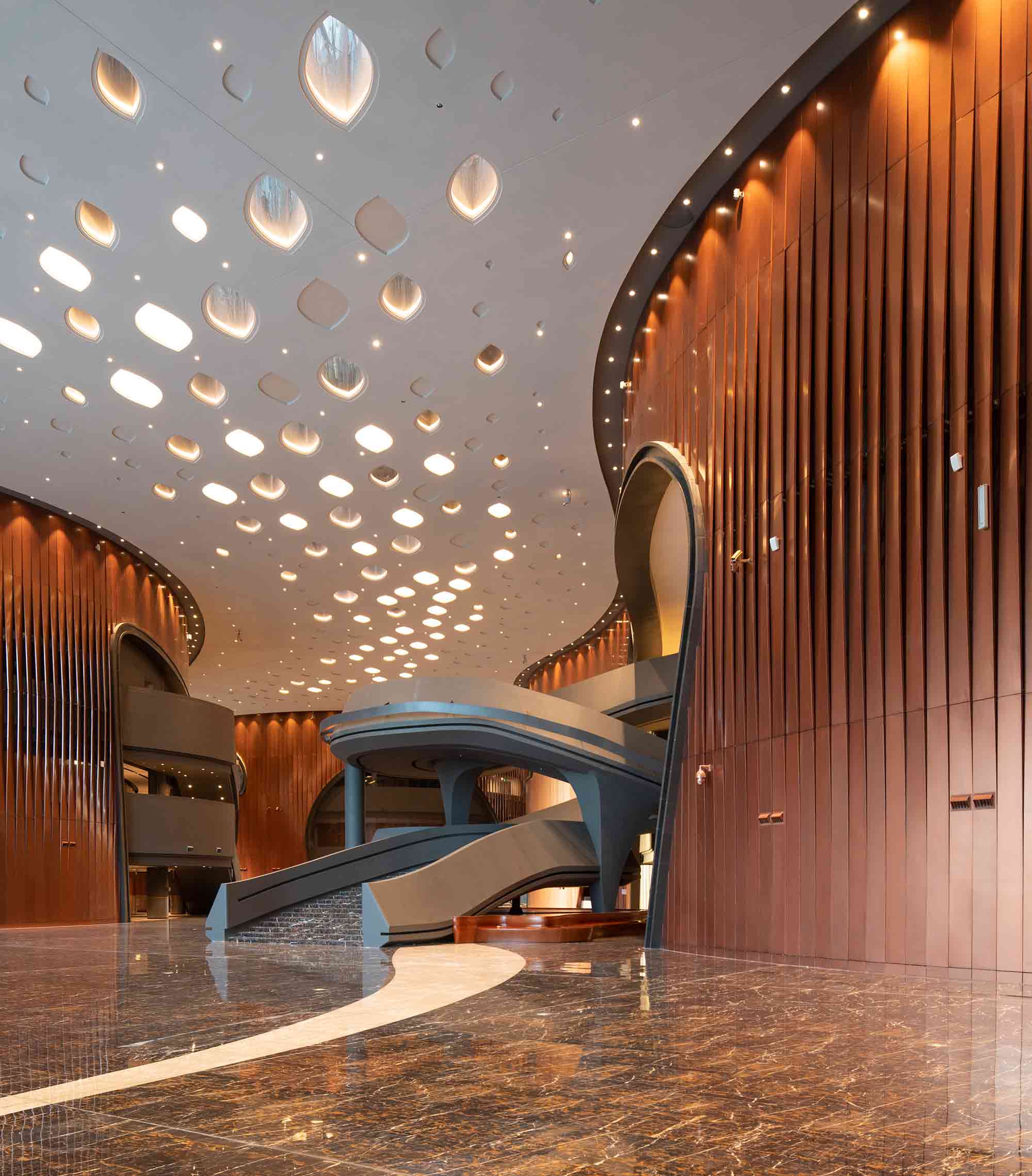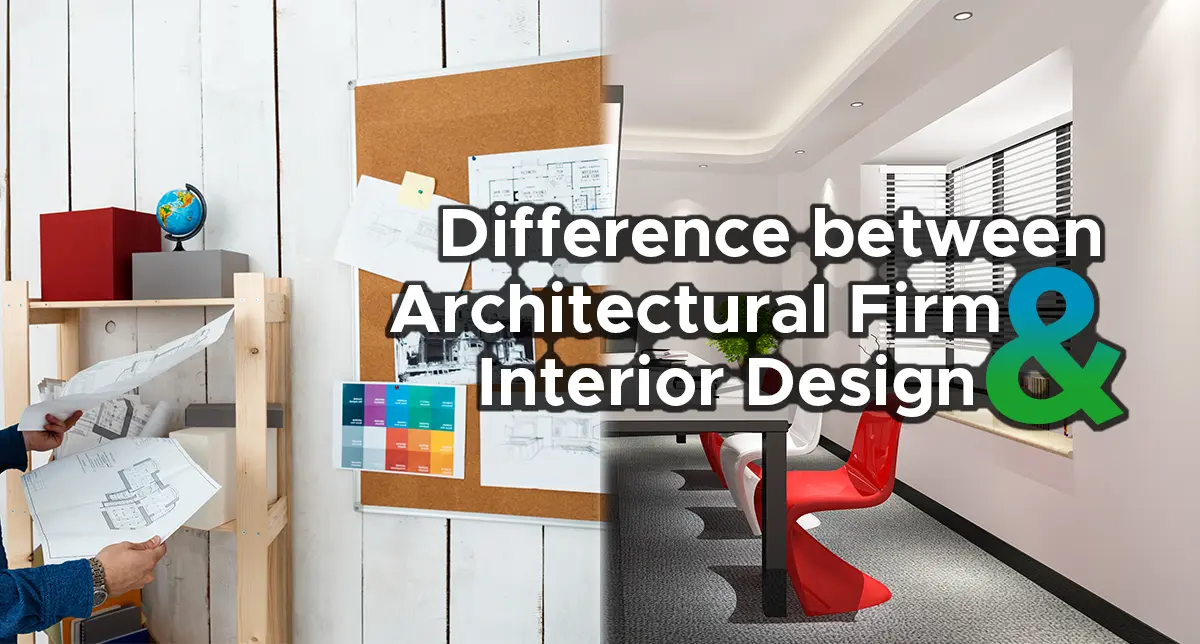Modern Hampshire Architects Specializing in Sustainable Homes
Modern Hampshire Architects Specializing in Sustainable Homes
Blog Article
Making Best Use Of Aesthetic Appeal: The Harmony In Between Interior Design and Home Engineer Strategies
Understanding the subtle interaction in between indoor style and home architecture can dramatically raise the visual appeal of a living area. This marital relationship of style self-controls entails a thoughtful assimilation of architectural elements with interior layouts, and a proficient application of principles such as comparison, balance, and rhythm. As we explore this harmony, we will certainly uncover methods to produce useful and aesthetically striking settings that not just mirror individual style, yet also adjust to the dynamic requirements of contemporary living.
Understanding the Basics: Specifying Interior Design and Home Style
Indoor design and home architecture, usually intertwined, represent the visual and architectural facets of our living areas. Interior style is a multifaceted technique that includes developing useful, safe, and visually pleasing rooms inside a building. On the other hand, home design largely focuses on the strong framework of a building.
The Harmony Described: How Interior Decoration and Home Style Intersect
Comprehending the harmony between indoor design and home design can unlock a globe of creative thinking and capability. When discussing this junction, the influence of design on insides is a vital aspect to consider. This discussion will focus on the unifying layout principles that mix these two fields into a harmonious whole
Unifying Layout Concepts
While it might seem that interior decoration and home design are 2 distinct disciplines, they are really deeply interconnected, creating a synergy that is necessary for developing harmonious home. Unifying design concepts are the columns that promote this symbiosis. The principles include balance, rhythm, consistency, focus, and comparison. These aspects coalesce to provide a cohesive aesthetic charm. Balance develops a feeling of stability, rhythm gives a sense of activity, consistency ensures unity, contrast sparks rate of interest, and emphasis accentuates essential aspects. The strategic application of these concepts makes it possible for a seamless blend of looks and feature, enhancing the general experience of the area. Basically, these principles act as the bridge, uniting interior layout and architectural practices.
Building Influence on Interiors
The intertwining of interior decoration and architecture ends up being even more obvious when one takes into consideration the architectural impact on insides. Building aspects are intrinsic to a space's functionality and appearances, forming the style from the beginning. Columns, arches, beams or staircases, for example, serve both decorative and architectural purposes. They can separate rooms, develop prime focus or imbue an area with a certain vibe. Consideration of appearance, light, and proportion additionally originate from architectural influences. Inevitably, design molds the canvas upon which indoor designers function. Their harmony is thus undeniable: architecture establishes the structure, which interior decoration boosts with color, style, and texture. This cooperative partnership ensures an unified equilibrium in between feature and elegance, enhancing the visual appeal of any kind of space.
Key Concepts in Balancing Interior Design and Home Style
Striking an equilibrium in between performance and visual appeal is an essential element of balancing interior decoration and home design. A similarly vital concept is the assimilation of lasting design to create energy-efficient and green homes. Lastly, understanding and checking out numerous building designs can additionally play a vital function in attaining a harmonious layout.

Stabilizing Functionality and Aesthetic Appeal
Balancing capability and aesthetic appeals in indoor layout and home architecture arises as one of the extremely important concepts to think about. Aesthetic appeal boosts the state of mind and influences the assumption of room, whereas performance ensures usability and convenience. Similarly important is the effective plan of the space, with a well-planned design contributing dramatically to the harmony between functionality and appearances.
Lasting Design Assimilation
In keeping the equilibrium between functionality and looks, one need to also consider the assimilation of sustainable layout principles. This approach not just boosts the visual charm of a room but likewise guarantees its long life and decreased ecological influence. The vital lies in choosing products that are eco-friendly, sturdy, and appealing. This includes all-natural, recycled, or low-impact materials that add to a much healthier and much more lasting world. Developers and engineers can also integrate energy-efficient systems, such as solar panels or energy-saving devices. In addition, making sure excellent interior air top quality via adequate natural lighting and air flow is vital. As a result, a harmonious blend of indoor style and home style, guided by sustainability, can develop rooms that are beautiful, practical, and eco-friendly.
Discovering Architectural Designs
While there are a wide variety of architectural styles to check out, it is important to understand that every one brings its special concepts that can significantly influence the harmonization of interior layout and home style. These designs, varying from the ornate Baroque to the minimalist Modernist, lug distinctive approaches and looks that, when appropriately recognized and made use of, can produce homes that are not just aesthetically spectacular however likewise sympathetically incorporated in terms of layout and architecture. Selecting this contact form a building style is not merely regarding personal aesthetic choice; it has to do with selecting a style language that speaks with the home owner's lifestyle, approach, and goals, developing a home that is a true representation of its citizens.
Case Studies: Exceptional Instances of Layout and Design Harmony
Delving into some extraordinary study provides a profound understanding of exactly how layout and design can harmoniously combine to create compelling and practical rooms. The legendary Fallingwater house, made by Frank Lloyd Wright, remarkably demonstrates this synergy. Wright's design masterfully integrates your home with its surrounding landscape, while the indoor mirrors the exterior's organic forms. An additional example is the minimalistic Tadao Ando's Church of Light in Japan. The designer attained a best balance between simpleness and drama, utilizing raw concrete and light. Internally, the plain, very little style produces a feeling of harmony and spiritual consideration. These examples show the importance of synergy between interior layout and design in achieving useful and aesthetic success.
Practical Tips: Enhancing Your Home's Aesthetic Charm
Drawing motivation from the study of architectural and style synergy, home owners as well can implement some useful methods to increase their home's aesthetic charm. A harmonious blend of colors, appearances, and lighting can boost a room, developing a cozy and welcoming ambience. Choosing furnishings that enhances the architectural elements of your house can foster a weblink feeling of unity. click here to find out more Wall surface art and design items can include character, reflecting individual design and taste. Including plant, either with interior plants or views to the outdoors, can bring an element of nature, supplying a calming result. Smart usage of mirrors can open an area, providing an impression of a bigger area. Inevitably, the visual charm hinges on stabilizing functionality with design, developing a home that is both gorgeous and comfortable.

Future Fads: How Modern Techniques Are Changing Interior Design and Architecture
As the globe advances, so do the trends in interior design and design. Modern methods are significantly concentrating on sustainability, integrating green materials and energy-efficient designs. These patterns reflect a shift in the direction of styles that are not simply visually pleasing, but additionally ecologically mindful, technically advanced, and versatile to altering lifestyles.
Conclusion
To conclude, the assimilation of indoor layout and home design techniques is a vibrant approach to boosting aesthetic charm. By leveraging vital concepts like balance, rhythm, and comparison, and incorporating components of modern living, developers can develop flexible, aesthetically pleasing settings. Through understanding this synergy, house owners can make enlightened choices that not just boost their living rooms but also add to their total wellness.
Understanding the refined interaction in between indoor style and home design can significantly elevate the aesthetic allure of a living area.Indoor layout and home architecture, commonly linked, stand for the structural and aesthetic facets of our living spaces.While it may appear that indoor layout and home architecture are two unique self-controls, they are actually deeply interconnected, developing a harmony that is essential for developing harmonious living spaces.The intertwining of indoor style and architecture becomes also much more obvious when one takes into consideration the building impact on interiors. An unified blend of indoor style and home architecture, led by sustainability, can produce areas that are gorgeous, functional, and environmentally pleasant.
Report this page